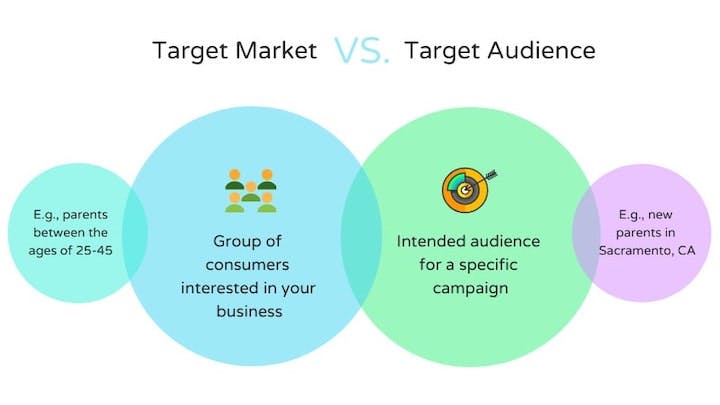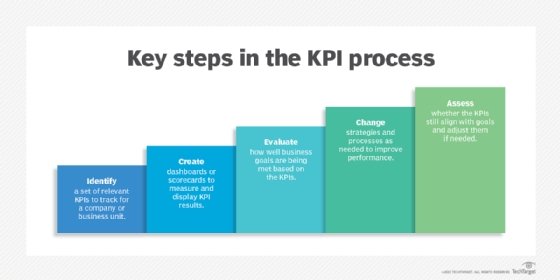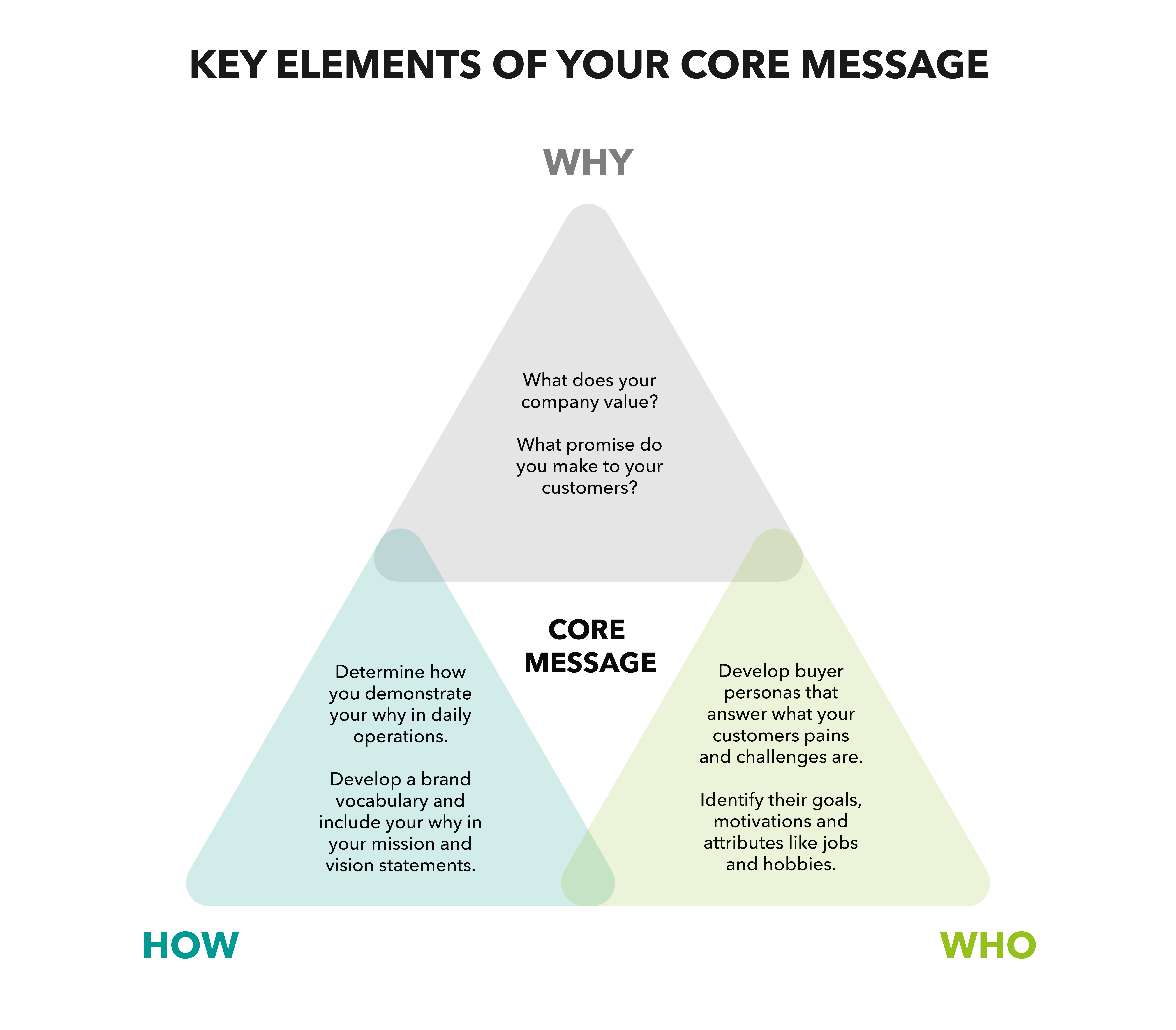comarketing

What is Co-Marketing?
Co-marketing is a collaborative marketing strategy where two or more businesses join forces to promote each other’s products or services. By combining resources, expertise, and audience reach, co-marketing campaigns can generate mutually beneficial outcomes for all parties involved. It’s a win-win situation that allows businesses to expand their customer base, increase brand awareness, and drive sales.
What is Co-Marketing and its benefits
Co-marketing offers several key benefits. Firstly, it allows businesses to tap into new audiences by leveraging their partner’s customer base. This can result in increased brand exposure and the acquisition of new customers. Secondly, co-marketing enables businesses to share marketing expenses, reducing the overall cost of reaching a larger audience. Lastly, collaborating with a trusted partner can enhance a brand’s credibility by association.
Types of Co-Marketing collaborations
There are various types of co-marketing collaborations. One common approach is cross-promotion, where two complementary businesses promote each other’s products or services to their respective audiences. Another approach is content collaboration, where businesses create and share content together, leveraging each other’s expertise and distribution channels. Joint events, product bundles, and referral programs are also popular co-marketing strategies.
Co-Marketing success stories
Many businesses have achieved impressive results through co-marketing collaborations. For example, Airbnb and Flipboard partnered to create an interactive travel magazine, expanding their reach and providing engaging content for their users. Another successful co-marketing campaign was between Nike and Apple, creating Nike+ and integrating fitness tracking technology into Apple devices. These examples demonstrate how co-marketing collaborations can drive innovation, reach new audiences, and ultimately boost business success.

Finding the Right Co-Marketing Partner
Identifying target audience and goals
When looking for a co-marketing partner, it’s important to first identify your target audience and goals. Who are you trying to reach? What are your objectives? Finding a partner who aligns with your target audience and has similar goals can lead to a successful collaboration.
Researching potential partners
Once you know your target audience and goals, it’s time to research potential partners. Look for businesses or individuals in your industry who have a similar target audience and complementary products or services. Take the time to evaluate their reputation, values, and past collaborations to ensure they are a good fit for your brand.
Approaching and evaluating potential partners
After identifying potential partners, it’s time to approach them and discuss the possibility of co-marketing. Explain your goals, the benefits of collaboration, and how it can be a win-win situation. During this process, it’s important to evaluate the potential partner’s willingness to collaborate, their understanding of your brand, and their ability to contribute to the partnership.
Remember, finding the right co-marketing partner is crucial for a successful collaboration. By identifying your target audience and goals, researching potential partners, and evaluating their compatibility, you can find a partner who can help you reach new audiences and achieve your marketing objectives.

Co-Marketing Strategies
Co-marketing, also known as collaborative marketing, is a strategic approach where two or more brands join forces to promote their products or services. It involves sharing resources, combining marketing efforts, and reaching a larger audience. Here are some effective co-marketing strategies to consider:
Creating compelling content together
By collaborating on content creation, brands can pool their expertise and resources to produce high-quality and valuable content. This can include blog posts, videos, webinars, e-books, or podcasts. By leveraging each other’s audiences, both brands can increase their reach and engagement.
Leveraging social media platforms
Social media platforms offer immense opportunities for co-marketing. Brands can collaborate on social media campaigns, influencer collaborations, or joint giveaways. By cross-promoting each other’s content and products, brands can tap into the followers and fans of their co-marketing partner, expanding their reach and building brand awareness.
Cross-promotion and joint advertising campaigns
Brands can come together to create joint advertising campaigns or cross-promote each other’s products or services. This can include sharing advertising space, sponsoring events or webinars, or featuring each other’s products in marketing materials. By aligning their marketing efforts, brands can leverage their combined resources to attract new customers and increase sales.
Co-marketing allows brands to benefit from each other’s credibility, expertise, and customer base. It can be a cost-effective way to expand reach, build brand recognition, and generate leads. By choosing the right co-marketing partners and implementing effective strategies, businesses can achieve mutual growth and success.

Measuring Co-Marketing Success
When it comes to co-marketing, it’s important to have a clear understanding of how the partnership is performing. By measuring key performance indicators (KPIs), gauging return on investment (ROI), and assessing customer engagement and brand awareness, you can determine the success of your co-marketing efforts.
Tracking and analyzing key performance indicators (KPIs)
Tracking KPIs allows you to measure the effectiveness of your co-marketing campaign. Some important KPIs to consider include website traffic, lead generation, social media reach, and conversion rates. By monitoring these metrics, you can identify areas of improvement and make data-driven decisions to enhance your co-marketing strategy.
Measuring ROI and determining the impact on sales
Calculating ROI is crucial for understanding the financial impact of your co-marketing activities. By analyzing the costs incurred and the revenue generated as a result of the partnership, you can assess whether it’s a worthwhile investment. It’s also important to measure the impact of co-marketing on sales to determine if the collaboration is driving tangible business outcomes.
Gauging customer engagement and brand awareness
Evaluating customer engagement and brand awareness helps you understand how your target audience is responding to your co-marketing efforts. Monitor metrics such as social media interactions, website engagement, content downloads, and brand mentions. This data will provide insights into the effectiveness of your co-marketing campaigns in increasing customer loyalty and raising brand awareness.
In conclusion, measuring co-marketing success requires tracking and analyzing KPIs, measuring ROI, and gauging customer engagement and brand awareness. By evaluating these factors, you can optimize your co-marketing strategy and ensure its effectiveness in achieving your business goals.

Best Practices in Co-Marketing
Building strong relationships with partners
In order to have a successful co-marketing campaign, building strong relationships with your partners is crucial. This means developing open lines of communication, establishing trust, and understanding each other’s goals and objectives. By working collaboratively and fostering a positive partnership, you can create a win-win situation that benefits both parties.
Setting clear expectations and goals
Before embarking on a co-marketing campaign, it is important to set clear expectations and goals. This includes defining the scope of the partnership, determining each party’s responsibilities, and establishing key performance indicators. By clearly outlining what is expected from both sides, you can ensure that everyone is on the same page and working towards a common objective.
Maintaining effective communication throughout the partnership
Communication is key in any successful partnership, and co-marketing is no exception. Regularly updating each other on progress, discussing any challenges or opportunities, and providing feedback can help keep the partnership running smoothly. By maintaining open and transparent communication, you can address any issues that may arise and make necessary adjustments to ensure the success of the co-marketing campaign.
Remember, co-marketing is a collaboration between two or more businesses, and by following these best practices, you can create a strong and mutually beneficial partnership that helps both parties achieve their marketing goals.

Case Studies: Successful Co-Marketing Examples
When it comes to marketing, collaboration can be a game-changer. Co-marketing, the practice of partnering with another brand to create marketing campaigns, has proven to be highly effective in reaching new audiences and driving growth. Here are some examples of successful co-marketing campaigns:
Collaborations between major brands
- Spotify and Uber: In 2014, these two global giants joined forces to enhance the music experience during Uber rides. Users could connect their Spotify accounts to the Uber app and choose their favorite music to play during the ride, making the journey more personalized and enjoyable.
- Nike and Apple: These iconic brands teamed up to create the Nike+ iPod Sports Kit, which allowed runners to track their workouts using a sensor in their Nike shoes and synchronize the data with their iPods. This partnership combined fitness and technology to revolutionize the running experience.
Co-Marketing strategies in action
- Content collaborations: Brands can partner to create valuable content, such as co-authored blog posts, guest appearances on podcasts, or joint webinars. This allows them to tap into each other’s audience and leverage their expertise to provide valuable insights to their customers.
- Social media campaigns: Brands can collaborate on social media promotions, giveaways, or influencer partnerships. By co-promoting each other’s products or services, they can reach a wider audience and boost engagement.
Lessons learned from successful campaigns
- Find complementary partners: Look for brands that share similar target audiences or have products/services that complement each other. This helps ensure that the collaboration will be mutually beneficial.
- Align goals and values: Successful co-marketing campaigns are built on shared goals and values. Make sure you and your partner are aligned in terms of campaign objectives and brand messaging.
Co-marketing can be a powerful strategy to unlock new opportunities for your business. By collaborating with other brands, you can amplify your reach, enhance your brand image, and create memorable experiences for your customers.

Overcoming Challenges in Co-Marketing
Aligning brand messaging and values
When it comes to co-marketing, aligning brand messaging and values can be a common challenge. Each brand has its unique identity, target audience, and marketing strategy. However, finding common ground and ensuring that both brands communicate a consistent message is essential for a successful co-marketing partnership.
To tackle this challenge, it is important to have open communication and collaboration between the partnering brands. Clearly define the goals, objectives, and target audience of the co-marketing campaign. Discuss and align on the messaging and values that both brands want to convey to their customers. This can help create a cohesive and harmonious approach in reaching the shared target audience.
Additionally, conducting thorough research on each other’s brand identity and values can provide deeper insights into how the brands can complement each other. By understanding each other’s strengths and values, the partnering brands can create a more unified and impactful marketing strategy.
Remember, co-marketing is about leveraging the strengths of both brands to achieve mutual benefits. By aligning brand messaging and values, the co-marketing campaign can effectively communicate a compelling message to the target audience and drive positive results for both brands. Open communication, collaboration, and understanding are the keys to overcoming this challenge in co-marketing.
Co-marketing is a marketing strategy where two or more businesses partner together to promote each other’s products or services. This can be done through a variety of channels, such as joint advertising campaigns, co-branded content, or social media promotions.
Co-marketing can be a very effective way for businesses to reach a wider audience and increase brand awareness. By working together, businesses can pool their resources and expertise to create more impactful marketing campaigns.
Here are some of the benefits of co-marketing:
- Increased reach: Co-marketing allows businesses to reach a wider audience than they could on their own. By partnering with another business, businesses can tap into their partner’s customer base and reach new potential customers.
- Enhanced brand awareness: Co-marketing can help businesses to increase brand awareness and build relationships with potential customers. When businesses partner with other reputable businesses, it can reflect positively on their own brand.
- Shared costs: Co-marketing can help businesses to reduce their marketing costs. By working together, businesses can share the costs of developing and executing marketing campaigns.
- Synergies: Co-marketing can help businesses to create synergies that they could not achieve on their own. For example, businesses can combine their expertise to create more effective marketing campaigns or develop new products or services.
Here are some examples of co-marketing campaigns:
- Two travel companies partner together to offer a joint package deal that includes flights, accommodation, and activities.
- A food company and a clothing company partner together to create a co-branded line of clothing that features the food company’s logo and branding.
- A software company and a marketing agency partner together to offer a joint webinar on how to use the software to improve marketing campaigns.
If you are considering a co-marketing campaign, there are a few things you should keep in mind:
- Choose the right partner: It is important to choose a partner that is a good fit for your business. You should look for a partner that has a similar target audience and that offers complementary products or services.
- Set clear goals: Before you launch your co-marketing campaign, it is important to set clear goals. What do you want to achieve with the campaign? Do you want to increase brand awareness, generate leads, or drive sales?
- Develop a strong plan: Once you have set your goals, you need to develop a strong plan for your co-marketing campaign. This should include the channels you will use to promote the campaign, the messaging you will use, and the metrics you will use to measure success.
- Track your results: It is important to track the results of your co-marketing campaign so that you can see what is working and what is not. This will help you to improve your campaigns in the future.
Co-marketing can be a very effective way for businesses to reach a wider audience, increase brand awareness, and achieve their marketing goals. If you are looking for ways to boost your marketing efforts, co-marketing is a great option to consider.
